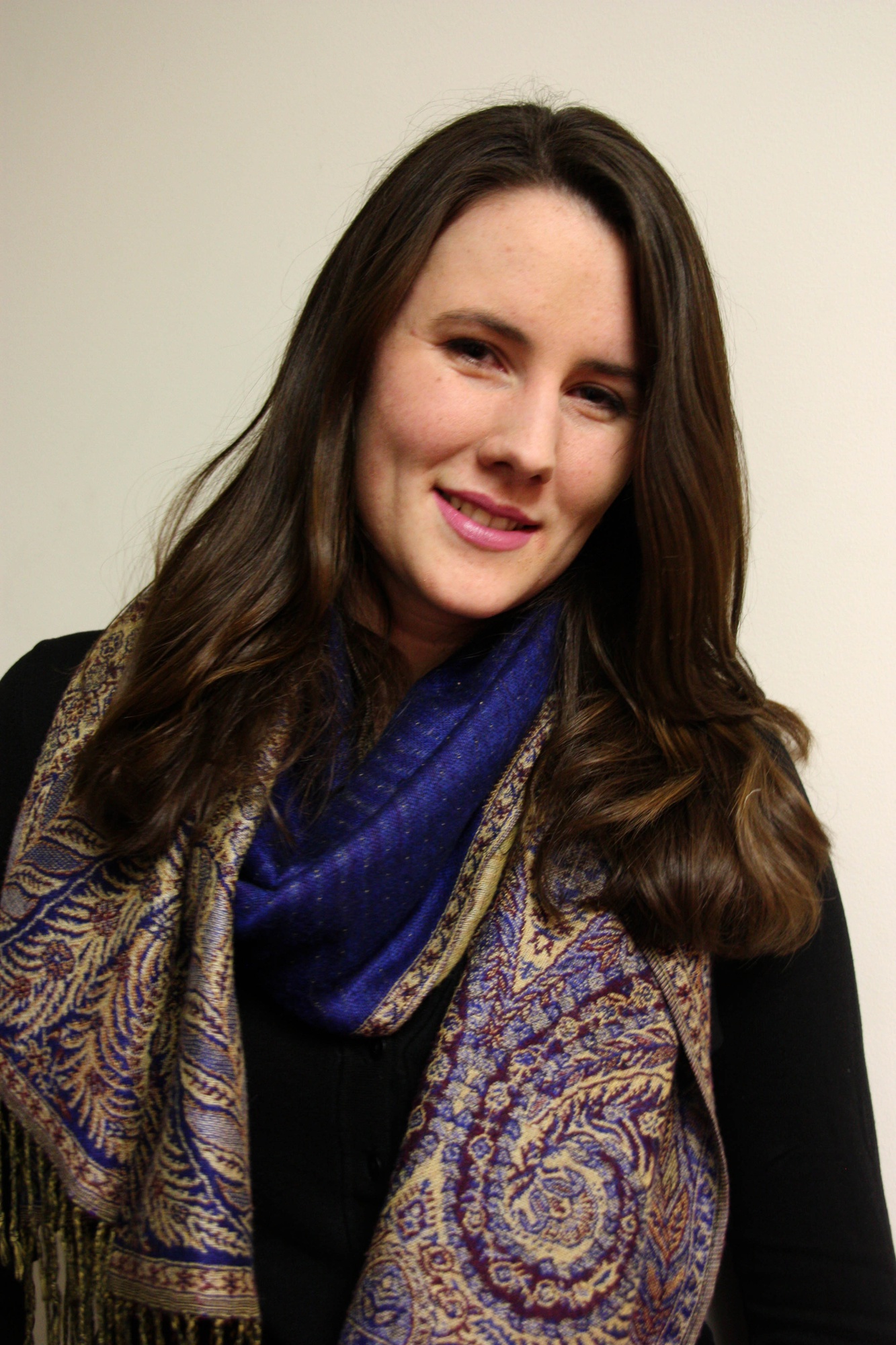
Tarte Tatin
My mother is making a tarte tatin: an upside-down, caramelized apple tart. It’s a classic French dessert—and my favorite. She leans over the stove. The tines of the fork in her hand turn over the apple halves that nestle together in the cast iron skillet one by one by one. Her hands are scarred from years of working in a commercial kitchen. A nail bed on the left is split down the center from when a knife slipped and all of a sudden, it wasn’t the carrots that she was chopping so finely. That was years ago, before I was born, before she quit working at the restaurant.
I am twenty now. It is winter break, and this is my last night home from college. The tarte tatin was my unspoken request. And, even though she’s a teacher, not a chef, these days, Mamma is making it for me. She has always made sure that we have eaten well.
I wish I knew how to do this, I tell her. You never wanted to learn, she responds. And she’s probably right: I would rather eat than bake. There is a glass of Riesling on the grey-green granite counter next to the waiting crust. The apples are nearly done now, golden brown—almost, but not quite, blackened in spots. Mamma and I lean towards each other across the island in the kitchen, talking: no, I haven’t packed the freshly cleaned laundry yet; yes, her class is really wonderful this year. She promises to teach me to cook if I’m really interested—it’s a life skill. We’re babbling mostly. She’s watching the skillet, and I’m watching her.
In a minute, she will whisk the skillet off the burner, move it over towards the pie pan sitting on counter, and coax the apples into the pan. She will do it all in one fluid motion. Afterwards, she will cover the apples with a round, yellow-tinted pie dough circle, slide the pan into the oven, and wait. When it is done, she will slide it out again and let the tart sit. The fruit will relax into itself, and the caramelly juice will seep towards edge of the pastry, settling before it gets too far. For a moment, the whole thing will be beautiful: a lush, glazed spiral of apple wedges curling in upon themselves. But then, the tarte tatin will cool, and my father and I will ruin the picture—cut into it, serve ourselves thick slices, and eat them quickly, the apples pliant and smooth in our mouths, mugs of chilled milk in each of our hands. We will get seconds as we always do. And, it will be delicious; I know: Mamma is making it.
When she was twenty-six and he was twenty-five, my mother and father moved 3,000 miles across the country to a tiny town on the Mendocino Coast of California so Mamma could spend six months at a culinary internship at the Cafe Beaujolais, a well-known French restaurant run in a crooked, yellow Victorian house that looks out to the ocean. The food was great; the area was isolated. They could have gone to Chicago. “But everyone goes to Chicago,” my father had said, so they came to California instead. They’re still here.
It was at the Cafe Beaujolais, not culinary school, that Mamma first learned how to make a tarte tatin. She had been manager for a few weeks when the owners went out to a dinner party and left the tart listed as dessert on the night’s menu. If it’s on the menu, you better make it. To this day, she will occasionally describe the acute panic she felt upon coming into work that evening, seeing the tart listed and thinking to herself What do I do? What do I do? I don’t know how to make this!
Six skillets of Granny Smiths gurgled up at her—you have to use Granny Smiths if you’re going to make a tarte tatin right (they’re firm, with enough of a bite)—as she called the Cafe Beaujolais’s owners at their friend’s house. They talked her through making the tart step by step over the phone. One line from that conversation has stuck for all these years: “the apples have to spoon each other in the pan.”
Every time Mamma makes a tarte tatin these days, she tells this story. She does so now as she pulls the tart out of the oven, flips the concoction upside down, and slides it onto a purple earthenware plate, inverting the crust and carefully working the pan away from the apples. I perch on a barstool, watching. Perfect. It’s the product of experience. She’s made the tart hundreds of times by now—the result of eight and a half years at the Beaujolais and half a lifetime of feeding my father. The rest of the food is already waiting. Pork chops are piled onto a plate at the kitchen table next to a bowl of mashed potatoes and another with a vegetable medley. Somewhere there is a pitcher of jus. It’s dinnertime.
Tomorrow morning my father and I will fill the backseat of his truck with my suitcases and books. He will drive me to the airport in San Francisco, and I will leave the Coast for Boston again. We will probably eat a slice of tarte tatin for breakfast before we go—it’s always better the next day. Somehow it seems fitting that exceptionally good food is both what brought my parents to the Mendocino Coast and what I associate with leaving it. This summer, maybe, I will ask Mamma to teach me how to make it myself, but tonight, we eat.


